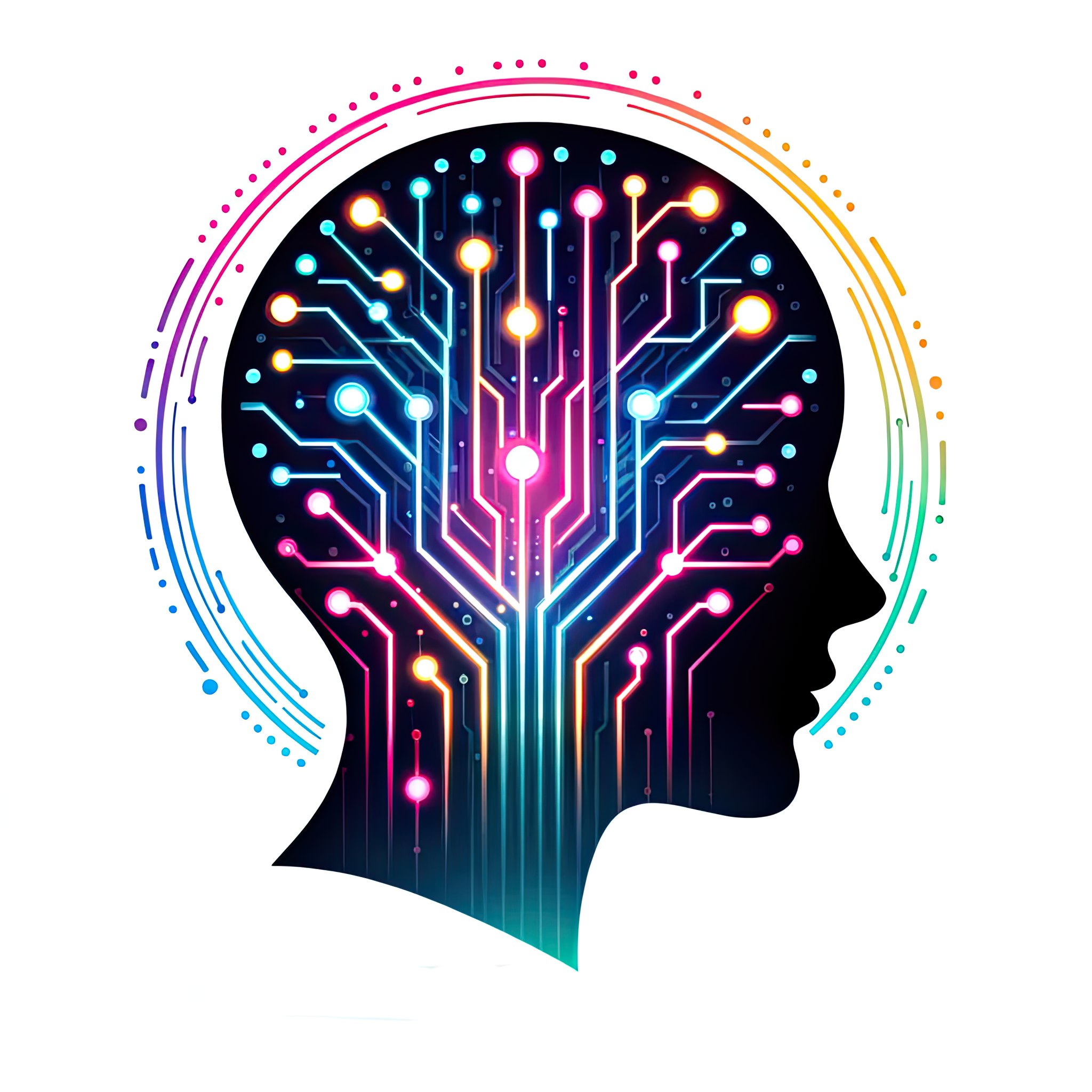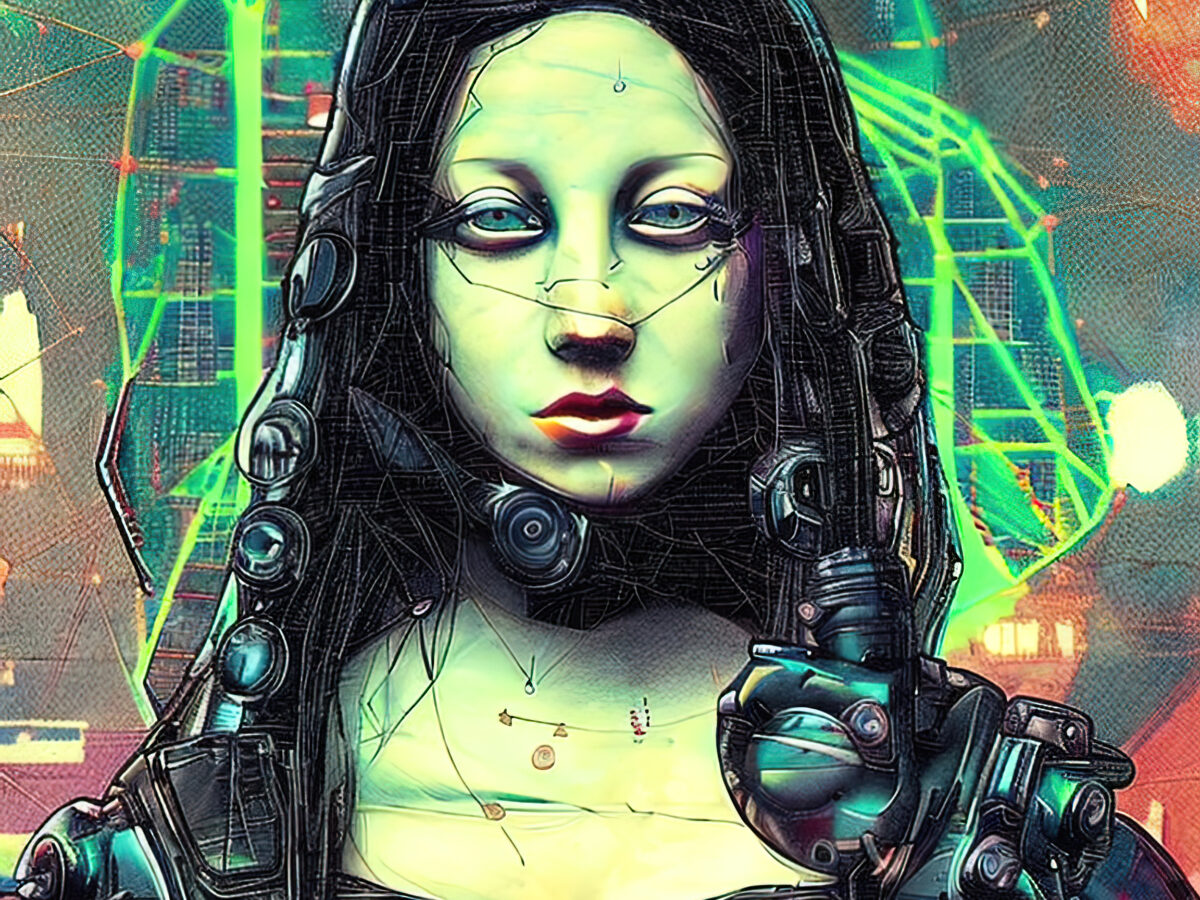Prehistoric paintings, dating back over 30,000 years ago, are among the earliest known examples of graphic art. Discovered in various parts of the world, particularly in Europe and Africa, these ancient artworks were often crafted on cave walls or open rocks using natural pigments such as ochre, calcite, and iron oxide. The scenes depicted in prehistoric paintings frequently featured animals like bison, deer, and rhinoceroses, as well as hunting scenes. It has been theorized that these paintings may have held ritualistic or religious significance for prehistoric societies. Various techniques were employed to create these paintings, including freehand painting, painting with a spatula, and brush painting. Remarkably, some of these techniques have persisted to this day and have evolved into different forms of art.
As we explore the history of graphic art, its evolution becomes evident. During ancient times, graphic art mainly consisted of engravings on metals, such as bronze and silver, or on stone, which were used to create seals and coins. The invention of movable type printing by Johannes Gutenberg in 1440 revolutionized the printing of books and newspapers. Throughout the 19th century, the production of prints became increasingly mechanized with the use of machines like the offset press, making the printing process more efficient and enabling the mass production of printed materials.
The invention of photography had a significant impact on graphic art. As photography emerged in the 19th century, graphic art began to incorporate photographic images. Photographers experimented with novel techniques like photogravure and photolithography, which allowed for the reproduction of photographic images in print. This ability to reproduce photographic images in print significantly influenced the graphic design industry, as it enabled designers to incorporate photographic elements into their designs. Furthermore, photographers experimented with darkroom manipulation of photographic images, leading to the development of new techniques such as photomontage and the use of multiple negatives to create composite images. The integration of photography into graphic art had a major impact on the advertising industry, facilitating the creation of more realistic and attention-grabbing advertisements. It also contributed to the development of photojournalism, which allowed for the documentation of current events through photographs.
The genesis of computer graphics can be traced back to the 1940s and 1950s when scientists and engineers began using computers to create and manipulate images. Initially, computer graphics were primarily employed for scientific and engineering applications, such as generating images of 3D models and simulations. By the 1960s and 1970s, computer graphics were being utilized in the film industry, resulting in the creation of the first computer-animated short films and commercials. This was made possible by the development of new computer hardware and software capable of handling the processing power required for real-time image creation and manipulation. The advent of personal computers in the 1980s and 1990s, along with the development of software and hardware specifically designed for graphics applications, enabled the widespread use of computer graphics in fields like advertising, architecture, and video games.
Today, computer graphics continue to evolve with the emergence of new technologies such as 3D printing, virtual and augmented reality, and the increasing application of AI and machine learning in image creation and manipulation. Computer graphics are now utilized in a wide range of industries and applications, from animation and film to product design and architecture, transforming the way people interact with the digital world.
Artificial Intelligence (AI) generative art is an innovative form of computer graphics that harnesses AI algorithms to create or generate art. Typically employing machine learning techniques, AI generative art produces unique and unpredictable visual forms and patterns used to create images, videos, and animations. As a hybrid between traditional art forms and digital technology, AI generative art melds artistic creativity with computational power.
All images and all text in this blog were created by artificial intelligences

